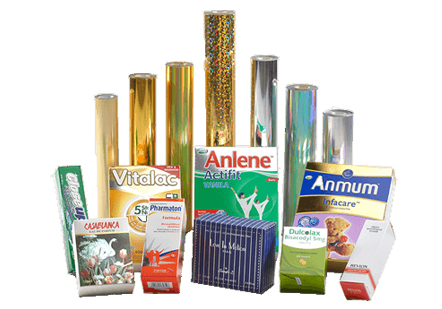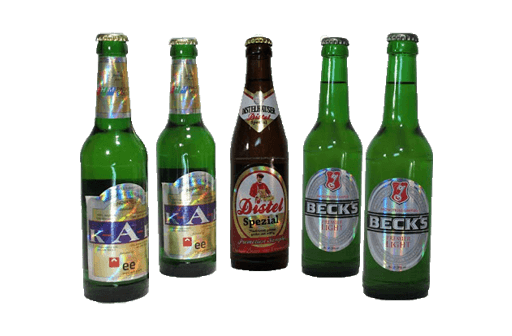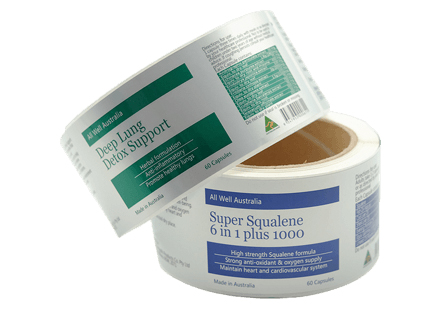METALLIZED PAPER: A COMPREHENSIVE GUIDE
Metallized paper, often referred to as metallized paperboard or metallic paper, is a versatile material that combines the aesthetic appeal of metal with the practicality of paper. This guide aims to provide a comprehensive overview of metallized paper, including its production, applications, benefits, and environmental considerations.
1. Production of Metallized Paper:
Metallized paper is produced through a process called metallization, which involves depositing a thin layer of metal onto the surface of the paper. The most commonly used metals for metallization are aluminum and gold due to their reflective properties and ease of application. The production process typically involves the following steps:
Substrate Selection: The base paper used for metallization is selected based on factors like weight, thickness, and intended application. The paper should have a smooth surface to ensure an even metal coating.
Surface Preparation: The paper's surface is prepared by applying a primer or coating to enhance adhesion between the paper and the metal layer.
Metallization: Metallization is achieved through various methods, including vacuum metallization and hot stamping. Vacuum metallization involves evaporating the metal in a vacuum chamber and allowing it to condense onto the paper's surface. Hot stamping applies a thin metal foil onto the paper using heat and pressure.
Sealing and Protection: A protective coating is often applied over the metal layer to prevent tarnishing, enhance durability, and improve printability.
2. Applications of Metallized Paper:
Metallized paper finds applications in a wide range of industries due to its unique combination of properties:
Packaging: Metallized paper is commonly used for packaging luxury and high-end products such as cosmetics, perfumes, chocolates, and electronics. It adds a premium feel and visual appeal to the packaging.
Labels and Branding: Many products utilize metallized paper for labels and branding purposes. The reflective surface enhances the visibility of logos, text, and graphics.
Printing: Metallized paper is suitable for various printing techniques, including offset, flexography, and digital printing. It allows for vibrant and eye-catching designs.
Arts and Crafts: The paper is popular among artists and crafters for its unique appearance. It can be used for scrapbooking, card-making, and other creative projects.
Security Elements: Metallized paper can incorporate security features like holograms or unique patterns, making it useful for documents requiring protection against counterfeiting.
Non Wet Strength Metallized Paper For Self Adhesive Label
3. Benefits of Metallized Paper:
Aesthetic Appeal: The reflective and metallic appearance of metallized paper adds a touch of elegance and luxury to products.
Printability: Metallized paper is compatible with various printing techniques, allowing for intricate and visually striking designs.
Texture and Feel: The tactile sensation of metallized paper enhances the sensory experience for consumers.
Environmental Considerations: Metallized paper is often considered more eco-friendly than traditional foil-based materials. It is recyclable and reduces the need for excessive metal usage.
Cost-Effective: Compared to solid metal materials, metallized paper offers similar visual effects at a lower cost.

Non Wet Strength Holographic Metallized Paper
4. Environmental Considerations:
Metallized paper presents a more environmentally friendly option compared to fully metallized or foil-based materials. Its recyclability contributes to waste reduction and resource conservation. However, there are some considerations:
Coatings: Some protective coatings on metallized paper may affect its recyclability. Water-based coatings are more environmentally friendly than solvent-based ones.
Energy Consumption: The vacuum metallization process can consume energy, impacting the overall environmental footprint. Manufacturers are increasingly adopting energy-efficient technologies.
5. Challenges:
Durability: Metallized paper may be less durable than traditional metallic materials, making it unsuitable for applications where high durability is required.
Scratches and Wear: The metallic layer on metallized paper can be susceptible to scratches and wear, affecting its appearance over time.
Print Compatibility: Not all printing techniques are suitable for metallized paper, and testing may be required to ensure desired results.
Conclusion:
Metallized paper is a captivating material that combines the visual allure of metal with the versatility of paper. Its production, applications, benefits, and environmental considerations collectively make it an intriguing option for industries ranging from packaging to printing and arts. As technology advances and environmental awareness grows, metallized paper is likely to continue evolving as a sustainable and aesthetically pleasing choice for various applications.
243
0
0
All Comments (0)
Previous: Basics of Sausage Casing
Next: 10 Best Custom Leather Goods Manufacturers: Unveiling Excellence
If you are interested in sending in a Guest Blogger Submission,welcome to write for us!







Comments